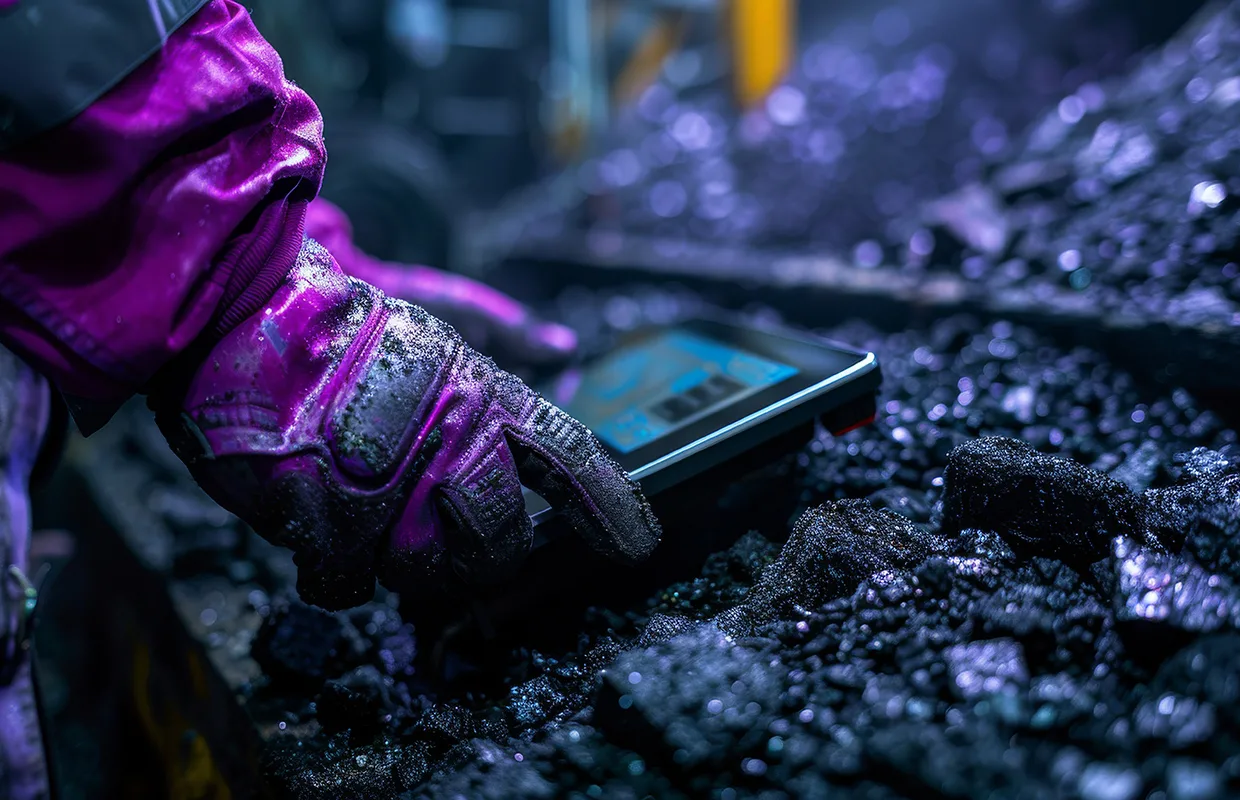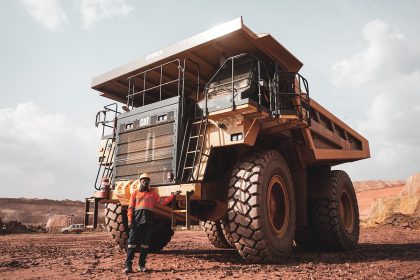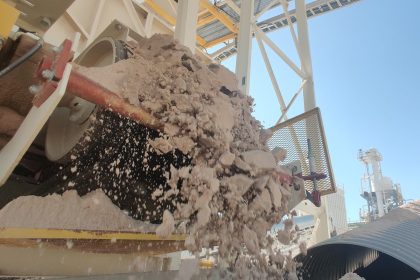From hard-working coal mining communities in the northeast of England to gold prospectors traversing South America for the next big discovery, cinema has historically depicted a broad range of mining stories. We dig deeper into some of the most famous examples and highlight a handful of key texts.
MINING THE SILVER SCREEN
The vast global mining industry dates back centuries through numerous ages of human evolution and development.
Indeed, since the beginning of civilisation, people have mined stone, clay and, later, metals found close to the Earth’s surface. These valuable natural resources were then used to create the earliest iterations of technology in the form of tools and weapons.
This truly colossal sector has had and will undoubtedly continue to play a significant role in shaping the modern world as we know it today, as well as a vital part in our collective future.
Similarly, throughout history, the tool of filmmaking and the immense power of cinema has allowed key advances in technology, as well as enabling our very way of life to be documented, memorialising in a series of pictures the way in which global society and industries have shifted and evolved over time.
As such, mining in particular has historically been a topic of fascination in the world of cinema, lending a gritty, realistic, and sometimes grim look into the arduous lives of those brave enough to toil deep below the Earth’s surface.
The following collection of films effectively captures the essence of mining, the community culture that surrounds the industry, and some even showcase the fierce, irrepressible human spirit often found in the face of adversity.
Many of these fascinating stories have played a hugely important part in progressing a stronger, safer, and environmentally and economically superior mining industry that exists today, and for that reason they should be celebrated.
Billy Elliot (2000)
Although not exclusively about mining, Billy Elliot, directed by Stephen Daldry, is set against the bleak and harsh backdrop of the 1984–85 British coal miners’ strike under Margaret Thatcher’s term as Prime Minister. The classic British film tells the story of a young working-class boy who fantasises about becoming a famous ballet dancer.
Starring Jamie Bell and Julie Walters, this hugely successful film, which has since spawned a West End musical, offers a poignant look at the impact of the strike on coal mining families in the northeast of England.
The film was shot on location across the UK, including in County Durham and the Easington Colliery, in order to authentically portray the brutal environment of a coal mining community during the miners’ strike.
Gold (2016)
Gold arrived as an American crime drama directed by Stephen Gaghan, starring Matthew McConaughey, Édgar Ramírez, and Bryce Dallas Howard.
The movie is inspired and tentatively based on the true story of the 1997 Bre-X mining scandal, when a gigantic gold deposit was allegedly discovered in the dense jungles of Indonesia.
A classic Hollywood ‘rags to riches’ tale, McConaughey’s character – an ambitious prospector – experiences the extreme highs and lows of the mining industry, teaming up with a similarly eager geologist to chase down a life-changing gold discovery in a corrupt and greed-fuelled world of dreams and betrayals.
Pride (2014)
Directed by Matthew Warchus, Pride is based on the true tale of a group of gay activists who decided to raise money to support the families affected by the British miners’ strike of 1984-85.
The incredibly uplifting and poignant film explores the unlikely alliance forged between the miners and their supporters, elegantly illuminating the themes of solidarity, prejudice, and community within the mining industry. Boasting a who’s who of British actors and comedians, with Bill Nighy, Imelda Staunton, Dominic West, and Andrew Scott leading the charge, Pride was filmed in various locations across the UK, including London and Wales, to authentically capture the spirit and setting of the strike.
Harlan County, USA (1976)
Not simply limited to narrative feature films, this meticulously crafted Oscar-winning documentary directed by Barbara Kopple depicts the Brookside Strike, shining a light on the local coal miners’ fight against the Duke Power Company throughout the 1970s.
Hailed as a raw and compelling portrait of the struggle for labour rights in the American coal mining industry, the exceptionally shot documentary footage was captured in Harlan County, Kentucky, presenting the real-life events and struggles of coal miners and their families during the struggle.
Blood Diamond (2006)
This gritty political action thriller, directed by Edward Zwick and starring Leonardo DiCaprio, Jennifer Connelly, and Djimon Hounsou, shines a light on the process of mining blood diamonds, which refers to the stones harvested in war zones before being sold to finance global conflicts, and thereby profiting warlords and diamond companies around the world.
Set during the Sierra Leone Civil War of the 1990s, the movie depicts a war-torn nation ripped apart by the struggle between government loyalists and insurgent forces, as well as highlighting the way in which even industries such as mining can be corrupted by the greed and malice of war.

































